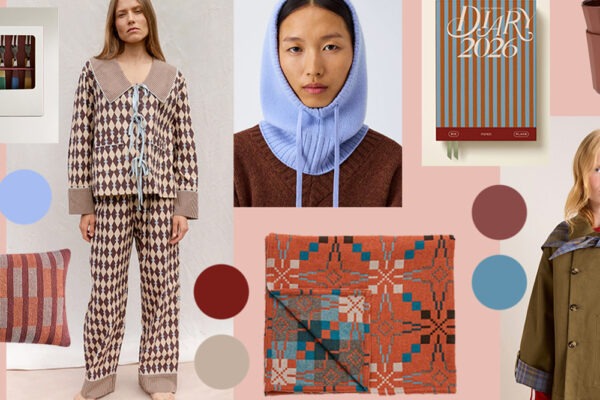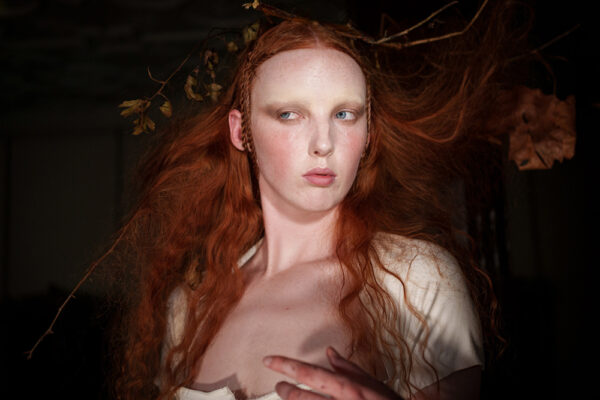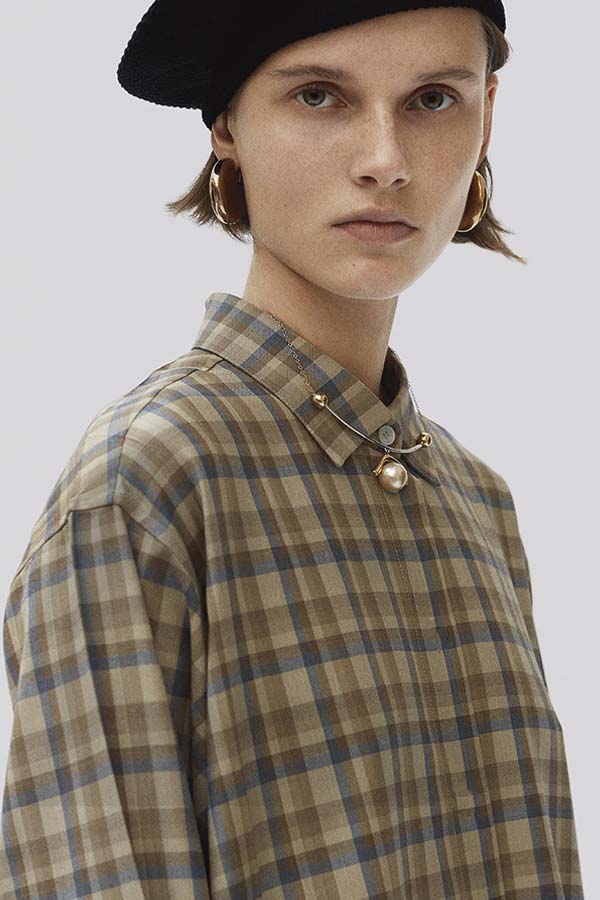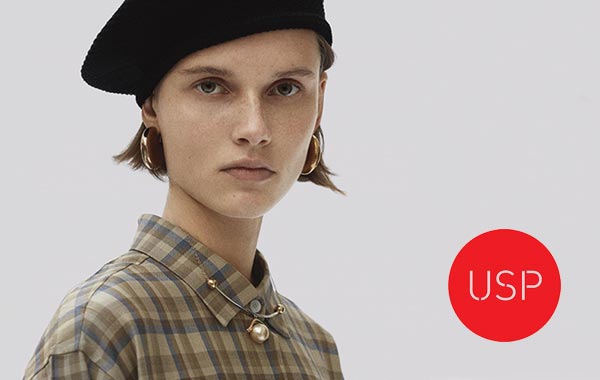
As I always say to students there are certain jobs that define your career, try to remember them, makes friends and learn from the experience. Top Shop and WGSN were my defining jobs and being a designer at Top Shop in the 80s wasn’t just a life lesson it was also culturally important. When you hear from someone my age (yawn) that the 80s were the best time to be young, don’t roll your eyes in to the back of your head. Just believe them, they actually were.
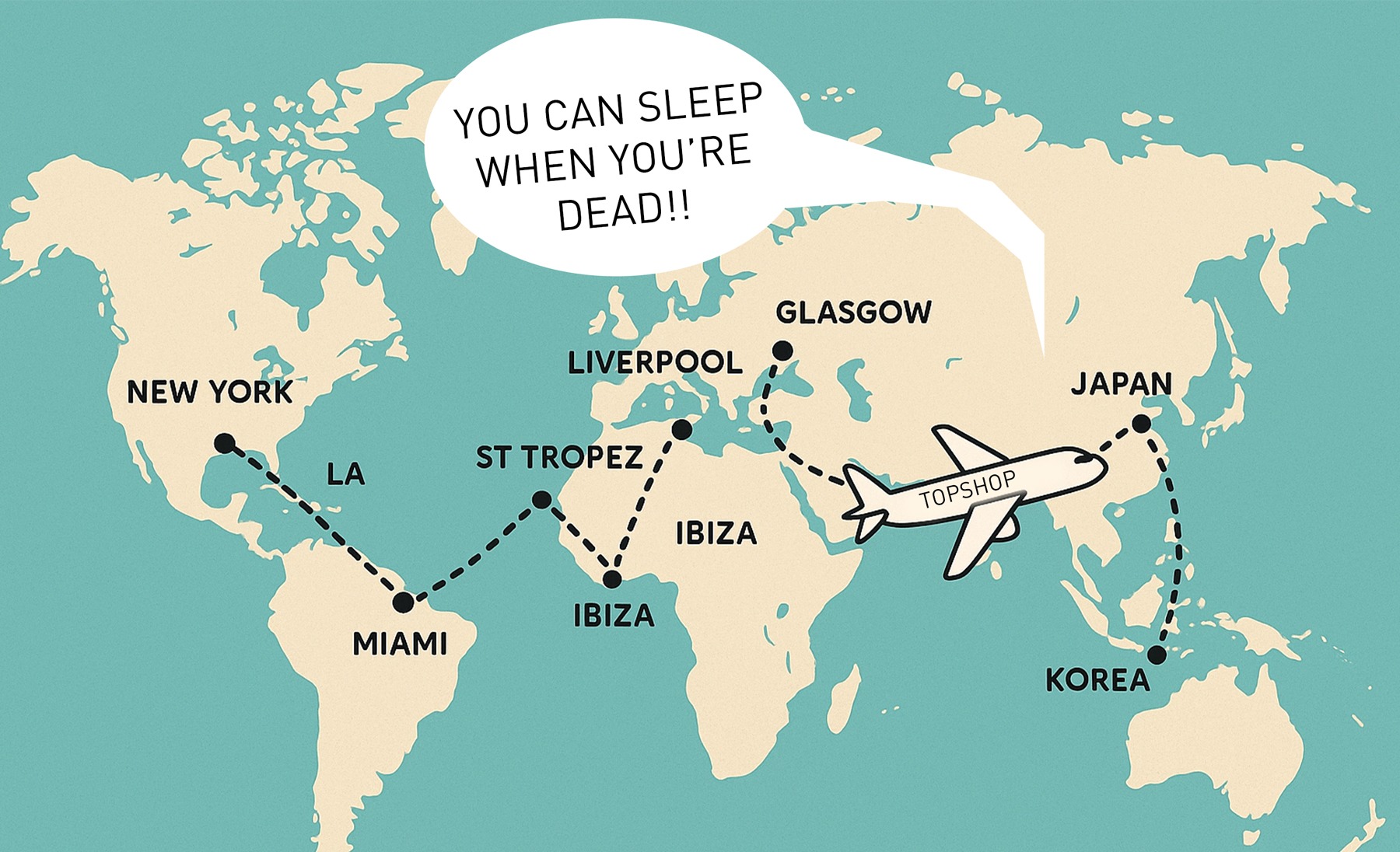
In order to research we travelled around the world – New York Japan, LA, Miami, Korea, St Tropez, Ibiza etc etc – even Glasgow, Liverpool and Manchester, to observe global and regional fashion trends and understand our customers. Our design inspiration came from real life and instinct and it was often difficult to persuade sceptical buyers that our ideas could translate into that all important bottom line. Meetings could be fraught and relationships between buyers and designers difficult, with the best outcome being a compromise both people felt happy with. I imagine things are pretty much the same now – just with more data. We lived and breathed fashion while also having the best time we possibly could. As Jane Shepherdson once said to me “you can sleep when you’re dead”. Thanks for that Jane, luckily we are still alive to tell the tale.
The brand was struggling when I started at Top Shop, the country was coming out of a recession, unemployment was high and fashion was in flux. Power dressing, Princess Diana Sloane ranger style and Jane Fonda workout looks, contrasted with Madonna‘s Desperately Seeking Susan, Katherine Hamnet‘s activist slogans and the emergence of the Madchester scene. There was a lot going on and it was tricking to know how to channel it into high street stores spread across the country. But Oxford Circus was where it was possible to go mad and offer customers all the looks, and the thrill of seeing the concepts you had argued over in a smoke filled room in 214 come to life, never went away.
Top shop Oxford Circus wasn’t just a shop, it was a way of life. A meeting place for nights out in the west end, a destination for trips to London for out of towners, the first place many young girls ventured to on their first shopping trip on their own, and the beginning of fashiontertainment – it just didn’t have a name then.
The thrill of going down the escalators, not knowing what you were going to find, was second to none. Weirdly, the massive space never felt overwhelming, just exciting, as there was so much to explore. Fashion was new, unexpected and fun, as consumers hadn’t already seen everything already online. Magazines were aspirational, offering an often elitist and unattainable view, but Top Shop was real, affordable and made for women like us. That’s because the team was and continued to be long after I left, created by women who loved fashion. Over the years Jane and the team took the brand to the next level, the perfect example of how to continually innovate and create future focussed fashion and an amazing customer experience.

Over the last few weeks there has been much noise about the return of Top Shop, with millennials on social media losing their minds about the possibility of the Joni jean or Kate Moss T dress coming back.
Millennial nostalgia is a significant cultural phenomenon, particularly for those who grew up in the 90s and 2000s. Whether it stems from a desire to recapture the simpler childhoods, contrasted with the uncertainties of adulthood and a longing for a sense of stability, it’s definitely driving contemporary cultural and fashion trends. The current ‘it girl’ uniform of oversize blazers, low rise baggy jeans, cropped tops and kitten heels, make me feel like I have stepped back into the Groucho Club 1996.
But surely the whole point of fashion is to look forward and create something new and exciting. Of course the desire to be sustainable and reject over consumption is vital moving forward – as we all have way too much stuff. But if we are going to buy new, which we inevitably will at some point, why not use fashion to change things up and create different versions of ourselves. For me thats always been the point of style. From Punk, to New Romantic, Mod, Indie kid to Sportswear meets high fashion etc etc – cuff me I’ve always been a fashion (victim) lover and will continue to try out new looks till the day I’m carried out in a (whatever’s on trend) coloured coffin.
So here’s my advice to the millennials harking back to better times. Maybe it’s time to move on, stop worrying about getting old, enjoy life and forget Top Shop, it was amazing while it lasted, but it’s done. Remember it like the fabulous boyfriend that got away, he’s married with kids now and that chapter is closed.
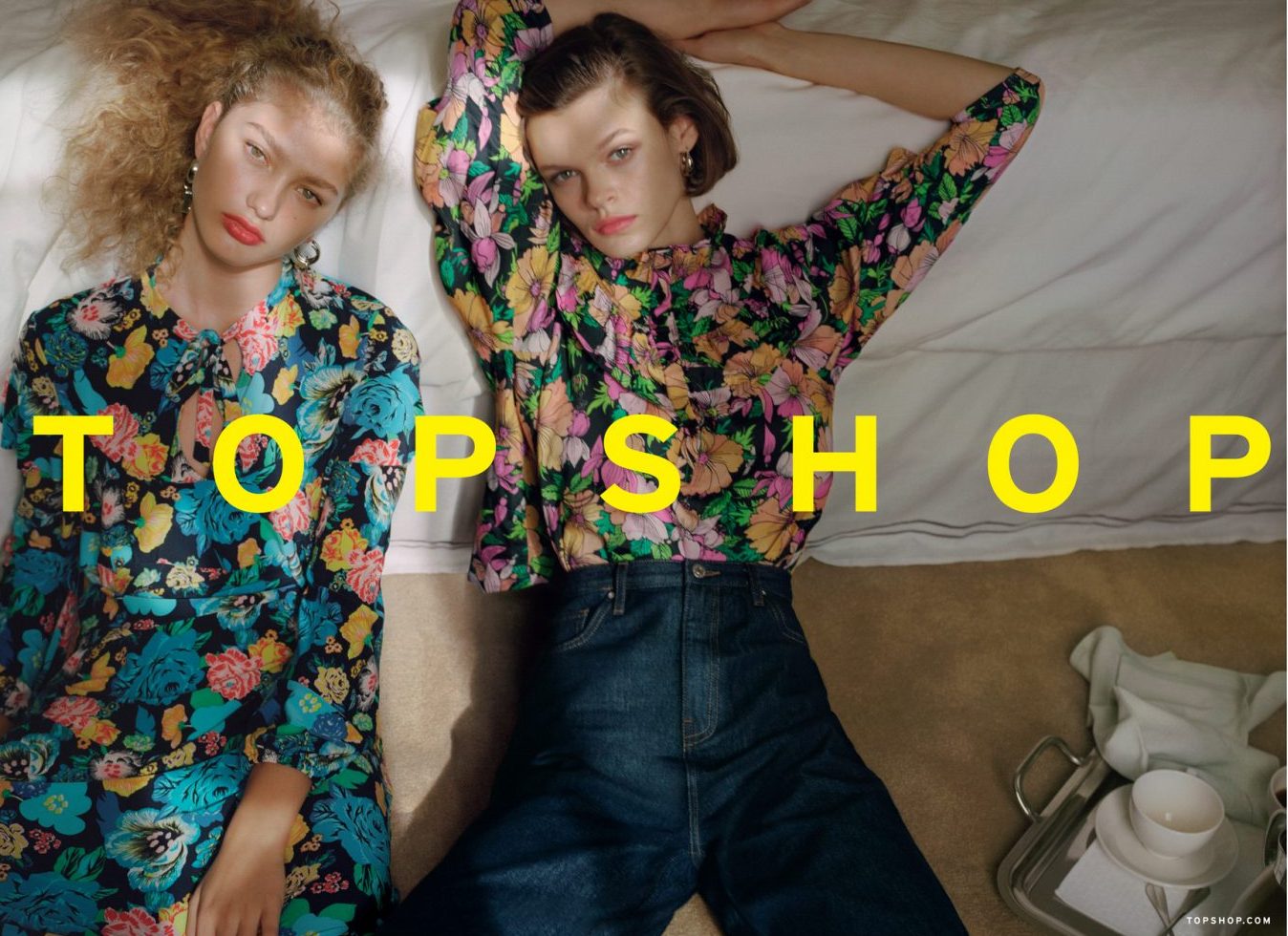
This weekend saw the brand launch a one-day pop up in Shoreditch. Titled “Topshop & Topman In The House” the pop-up will offer early access to the brand’s new Talamanca collection – inspired by Ibiza’s sun-washed aesthetic – alongside limited-edition Topshop x Defected merchandise, makeovers, live DJ sets and cocktails by MOTH.
Will it live up to expectations and appeal to those nostalgic Millennials who are now in their 30s, as well as the notoriously hard to please Gen Z. And is the hype just a really clever marketing campaign created to re-launch Top Shop online?
Different times people, different times, after all Oxford Circus is now an Ikea and Kate Moss’s style hasn’t changed since 1995.


